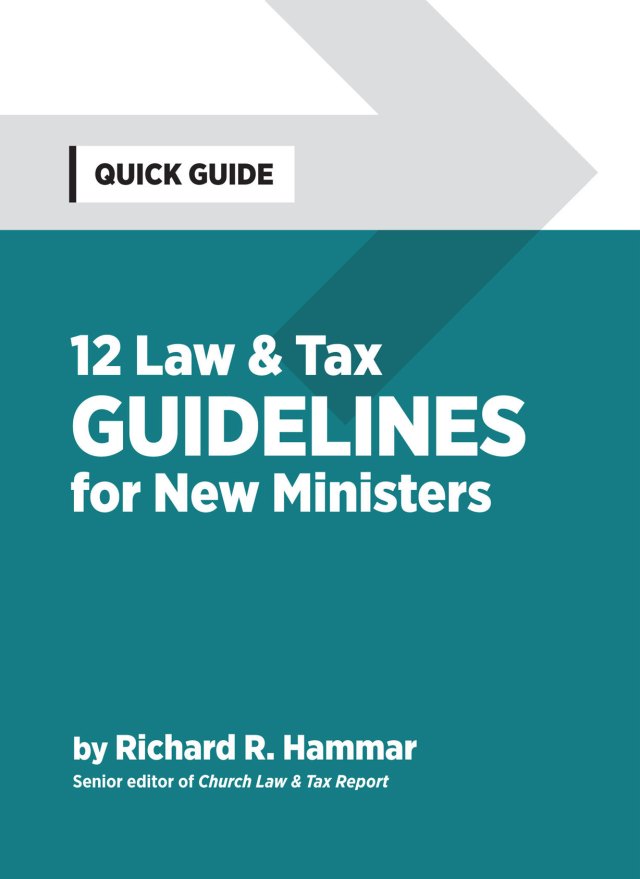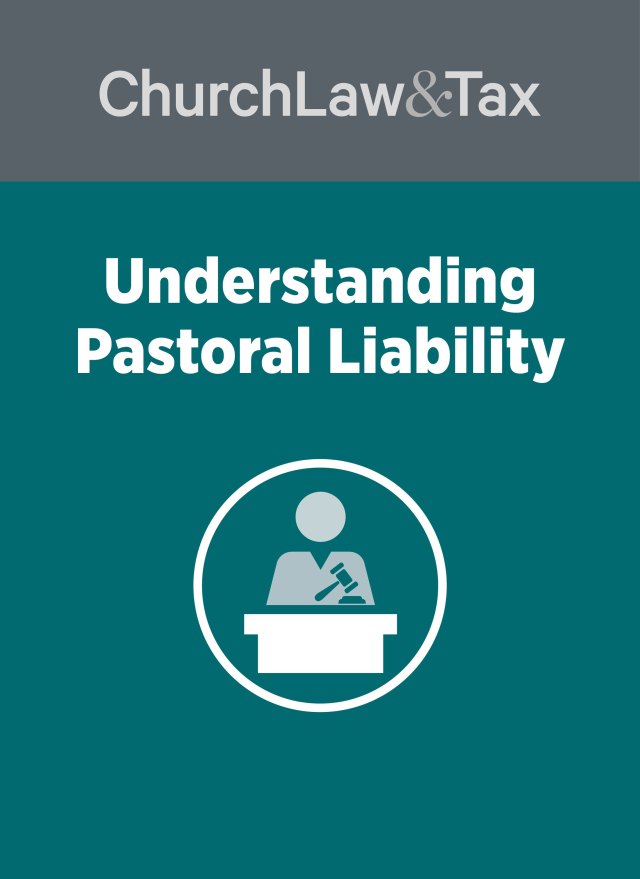• Key point 3-04. All states permit clergy to perform marriage ceremonies. However, some states permit only “ordained” or some other classification of clergy to perform marriage ceremonies. It is important for clergy to determine if they are legally authorized to perform marriages under applicable state law, and in addition to be aware of the legal qualifications for marriage and any license and reporting requirements prescribed by state law.
Performance of Marriage Ceremonies
* A Florida court ruled that a marriage between a female and a post-operative female-to-male transsexual person was void. Whether or not transsexuals can legally enter persons of the opposite sex is an important question for ministers who may be called upon to perform such a marriage. Every state imposes criminal penalties on ministers who “solemnize” marriages between persons who are not legally capable of marrying, and so it is important for ministers to understand the legal status of such marriages before performing them. A recent case in Florida provides some helpful guidance.
A woman (Margo) changed her name to Michael, and underwent sex reassignment which included hormonal treatments, a total hysterectomy, and a double mastectomy. Several months later, Michael met Linda, and Linda learned of Michael’s surgeries. Linda and Michael later applied for a marriage license with Michael representing that he was male. The two were married in Florida. Several years later, Michael filed a petition for dissolution of his marriage to Linda. He also requested joint custody of Linda’s two children (whom he had adopted). Linda claimed that the marriage was void from the beginning since it was between persons of the same sex, and therefore Michael should not be given joint custody. After a lengthy trial, the trial court entered an order finding that Michael was legally a male at the time of the marriage, and thus the marriage was valid. The court also concluded that Michael was entitled to primary residential custody of the two children. In explaining its reasons for determining that Michael was male at the time of the marriage, the court relied heavily on a 2001 decision by a court in Australia, and concluded,
Michael at the date of marriage was a male based on the persuasive weight of all the medical evidence and the testimony of lay witnesses in this case, including the following: (a) Prior to marriage he successfully completed the full process of transsexual reassignment, involving hormone treatment, irreversible medical surgery that removed all of his female organs inside of his body, including having a male reconstructed chest, a male voice, a male configured body and hair with beard and moustache. (b) At the time of the marriage Linda was fully informed about his sex reassignment status, she accepted that Michael in his appearance, characteristics and behavior was perceived as a man. At the time of the marriage he could not assume the role of a woman. (c) Before and after the marriage he has been accepted as a man in a variety of social and legal ways, such as having a male driving license; male passport; male name change; male modification of his birth certificate by legal ruling; male participation in legal adoption proceedings in court; and as a male in an artificial insemination program, and participating for years in school activities with the children of this marriage as their father. All of this, was no different than what Michael presented himself as at the date of marriage.
The court conceded that Michael would still have a chromosomal pattern of a woman but “that is a presumption” since no chromosomal tests were performed.” Further, “chromosomes are only one factor in the determination of sex and they do not overrule gender or self identity, which is the true test or identifying mark of sex.”
A state appeals court reversed the trial court’s decision and ruled that the marriage was void since it violated the Florida “Defense of Marriage Act,” which prohibits “marriage between persons of the same sex.” The Act further specifies that “the state … may not give effect to any public act, record, or judicial proceeding of any state … or of any other jurisdiction … respecting” a marriage between persons of the same sex.
The court noted that courts in Ohio, Kansas, Texas, and New York have addressed issues involving the marriage of a postoperative transsexual person, and in all cases the courts have invalidated or refused to allow the marriage on the grounds that it violated state statutes or public policy. However, the court conceded that a court in New Jersey had permitted transsexual marriage. After considering the medical evidence, the court held that when a transsexual person has successfully undergone sex-reassignment and can fully function sexually in the reassigned sex, then the person could marry legally as a member of the sex finally indicated. The court concluded:
The controlling issue in this case is whether, as a matter of law, the Florida statutes governing marriage authorize a postoperative transsexual to marry in the reassigned sex. We conclude they do not. We agree with the Kansas, Ohio, and Texas courts in their understanding of the common meaning of male and female, as those terms are used statutorily, to refer to immutable traits determined at birth. Therefore, we also conclude that the trial court erred by declaring that Michael is male for the purpose of the marriage statutes. Whether advances in medical science support a change in the meaning commonly attributed to the terms male and female as they are used in the Florida marriage statutes is a question that raises issues of public policy that should be addressed by the legislature. Thus, the question of whether a postoperative transsexual is authorized to marry a member of their birth sex is a matter for the Florida legislature and not the Florida courts to decide. Until the Florida legislature recognizes sex-reassignment procedures and amends the marriage statutes to clarify the marital rights of a postoperative transsexual person, we must adhere to the common meaning of the statutory terms and invalidate any marriage that is not between persons of the opposite sex determined by their biological sex at birth. Therefore, we hold that the marriage in this case is void ab initio.
Application. Several states have enacted “defense of marriage” laws restricting legal marriages to those between persons of the same sex. This case demonstrates that in some states these laws will be interpreted to prohibit marriages between a man or woman and another person who is of the opposite sex by virtue of a sex-change operation. As a result, such “marriages” are void and of no legal significance. This implies that ministers who “marry” such persons may be subject to criminal penalties under state law since they would be solemnizing a marriage between persons who are not legally capable of marrying. Kantaras v. Kantaras, 2004 WL 1635003 (Fla. App. 2004).
© Copyright 2004 by Church Law & Tax Report. All rights reserved. This publication is designed to provide accurate and authoritative information in regard to the subject matter covered. It is provided with the understanding that the publisher is not engaged in rendering legal, accounting, or other professional service. If legal advice or other expert assistance is required, the services of a competent professional person should be sought. Church Law & Tax Report, PO Box 1098, Matthews, NC 28106. Reference Code: m55 c0504




